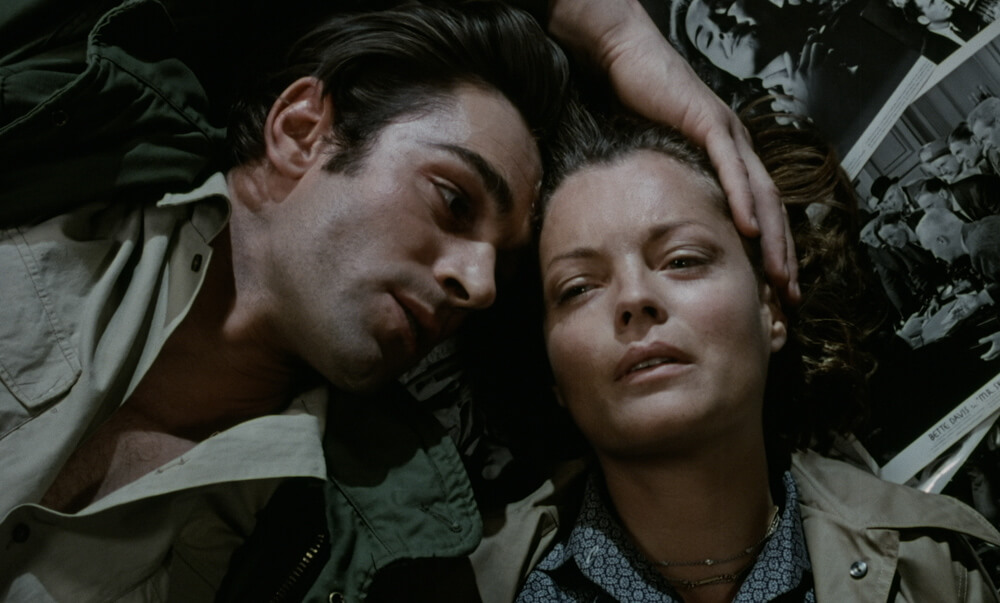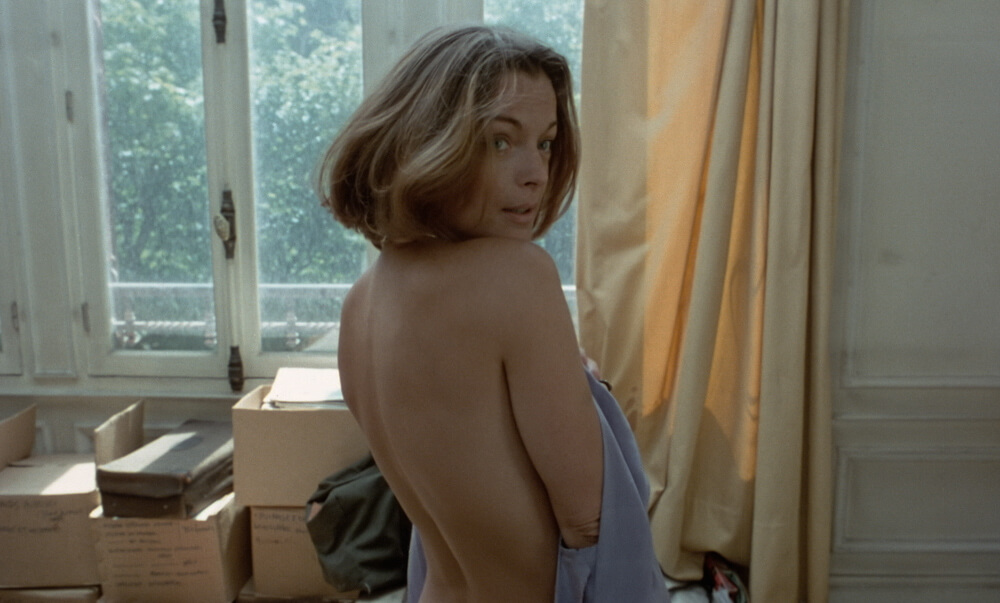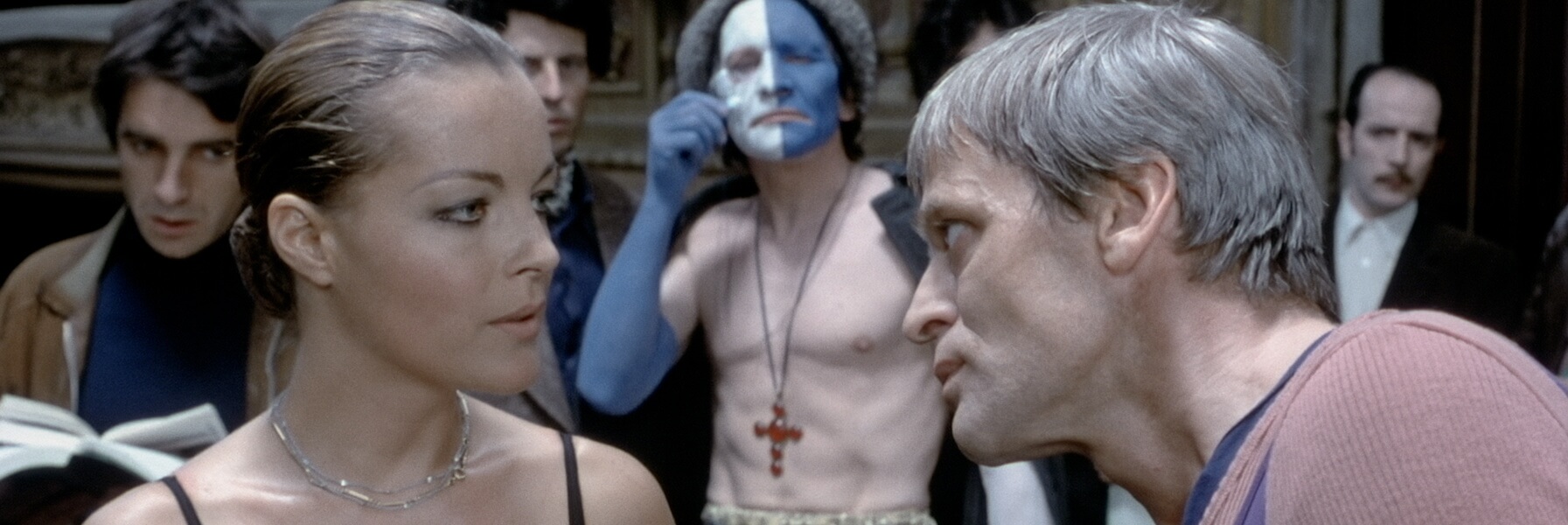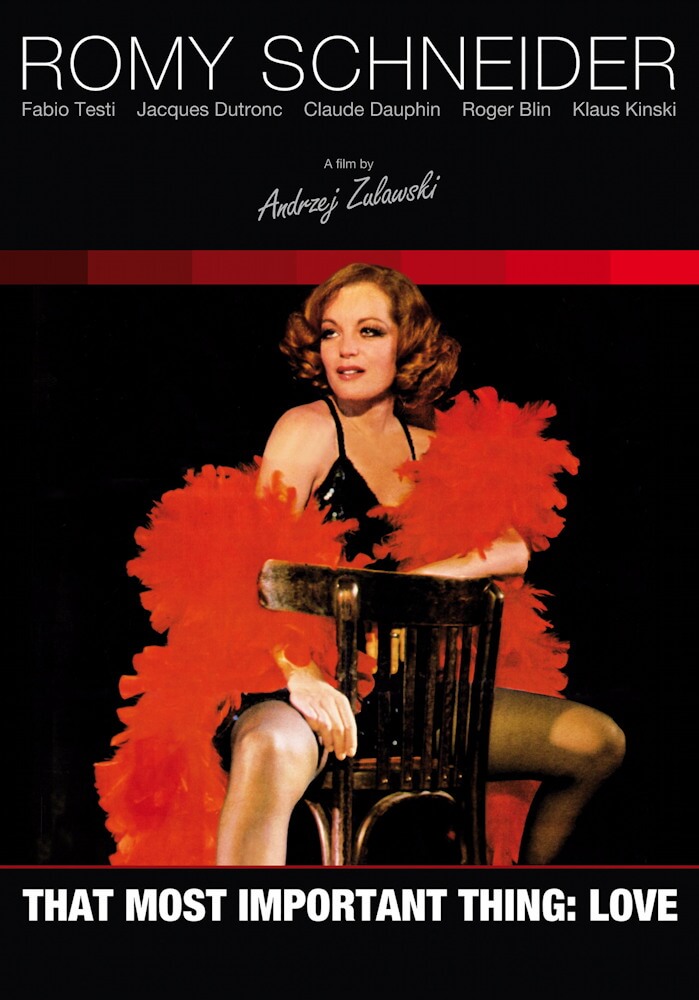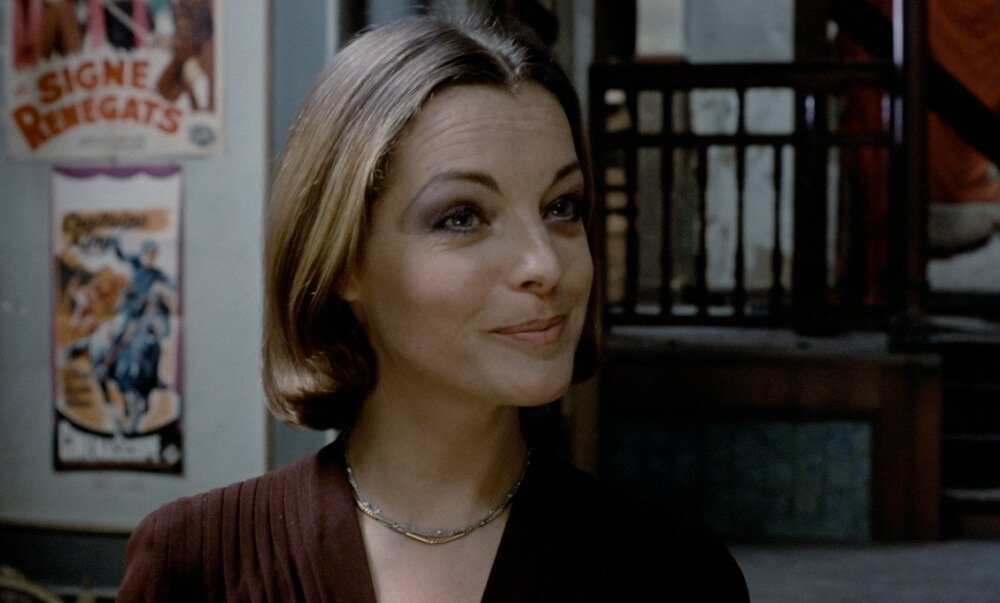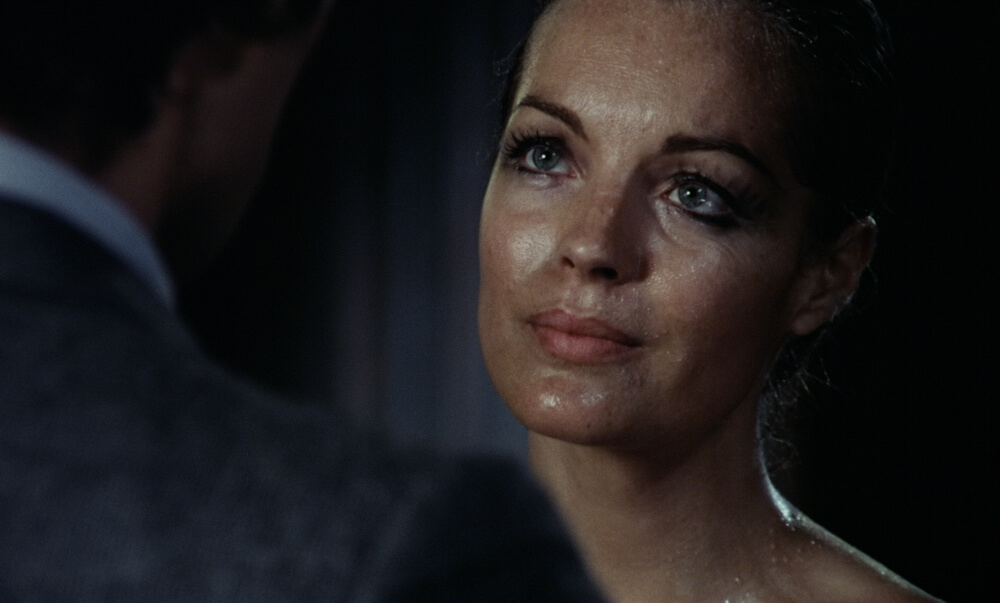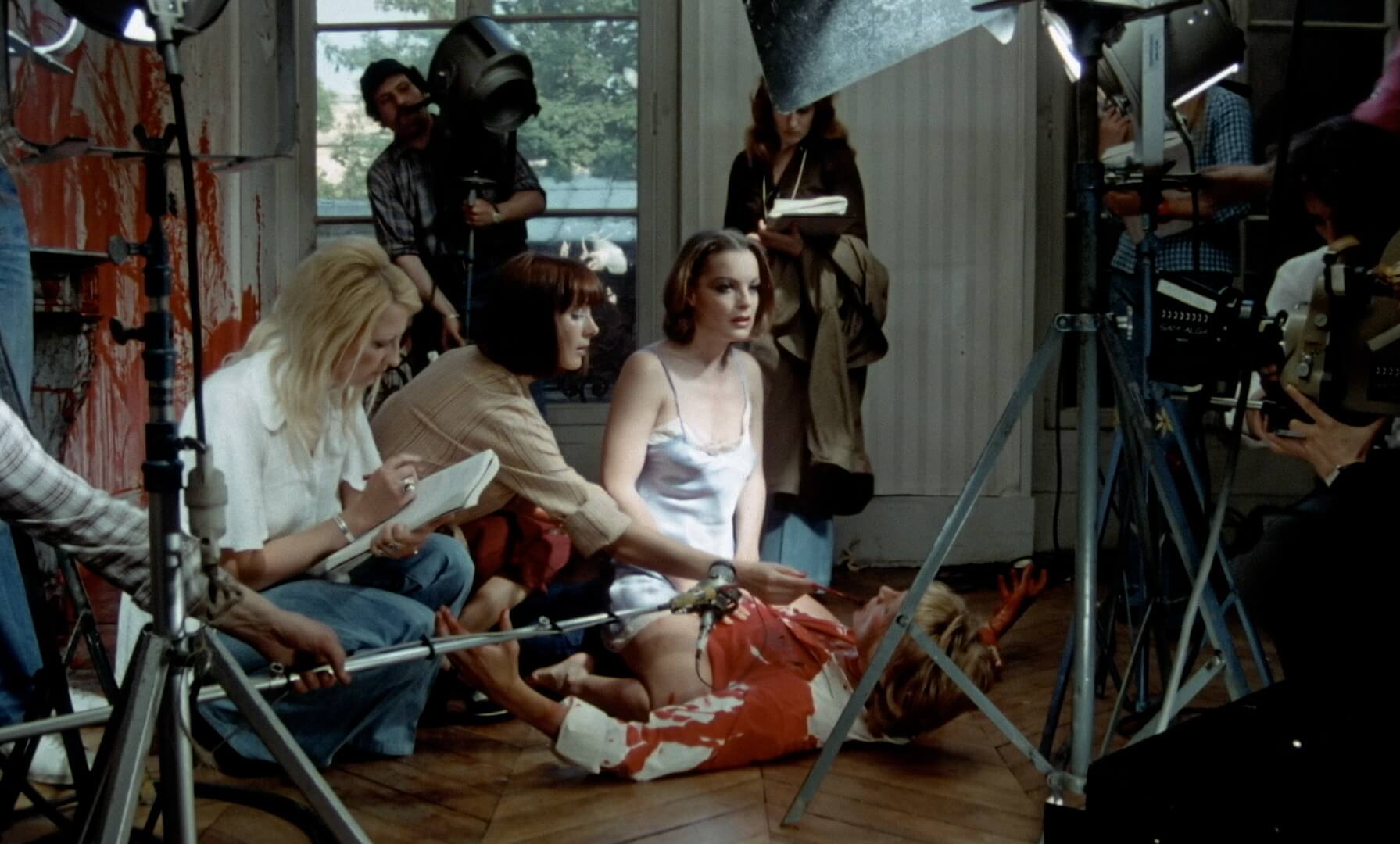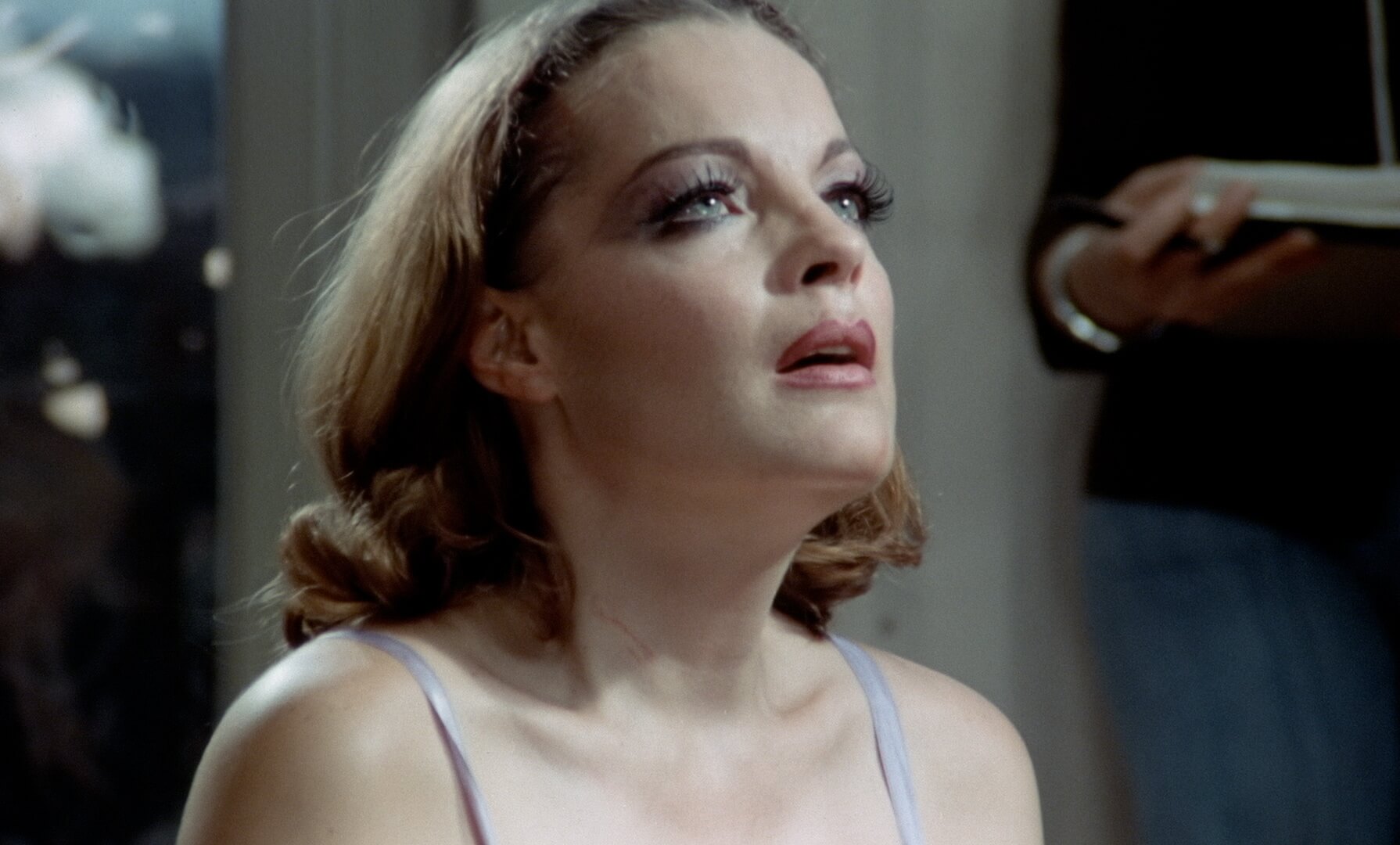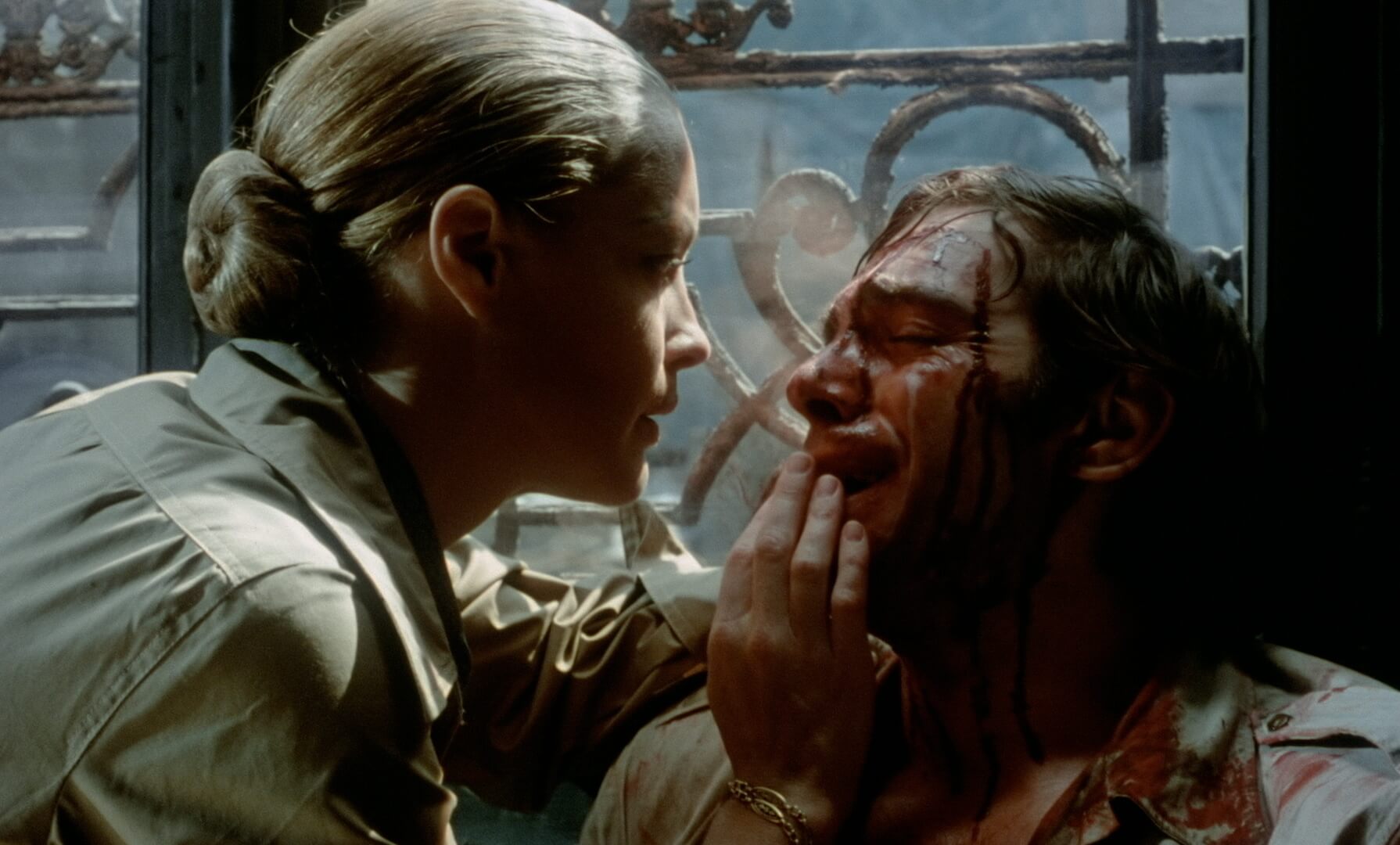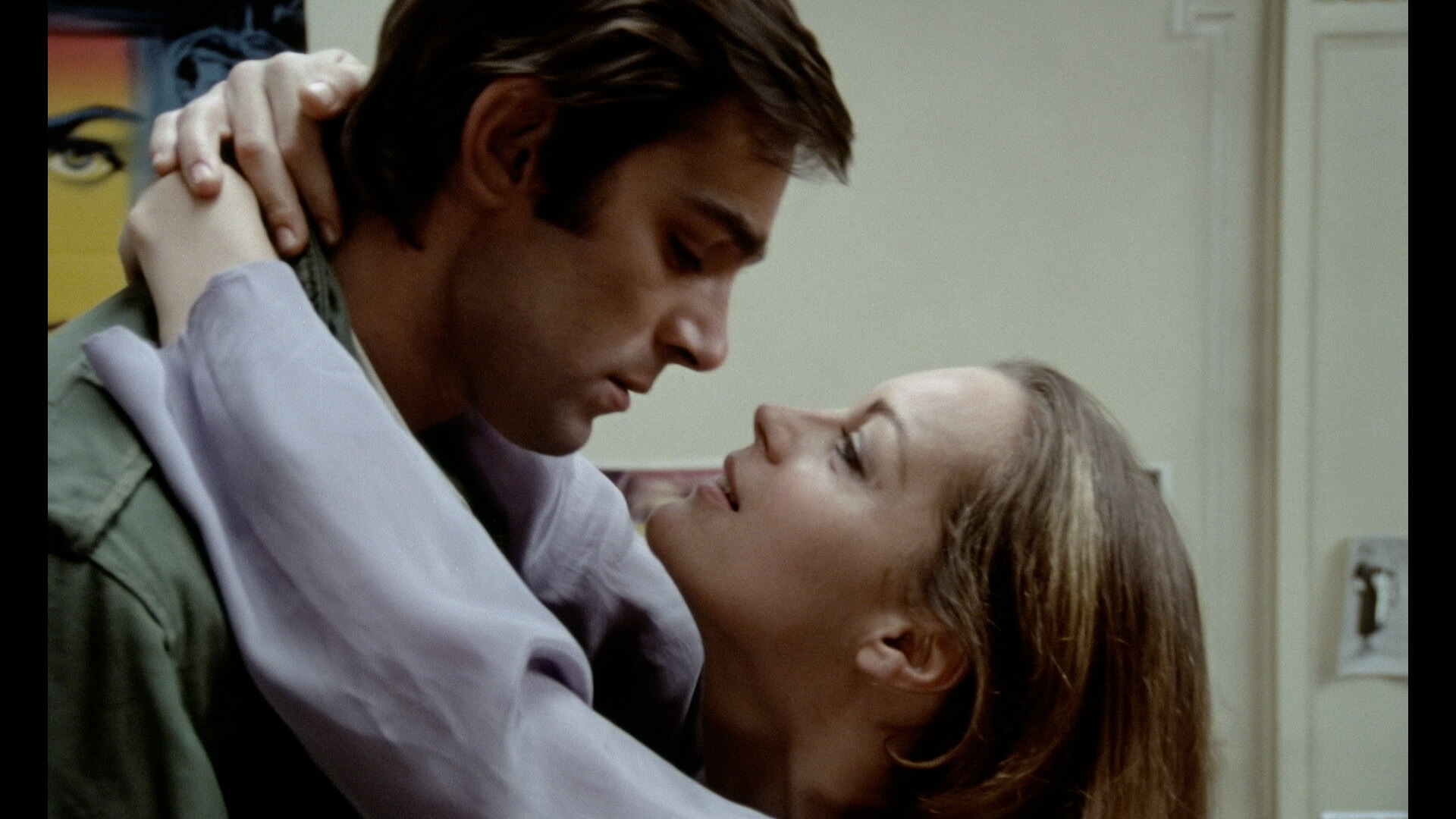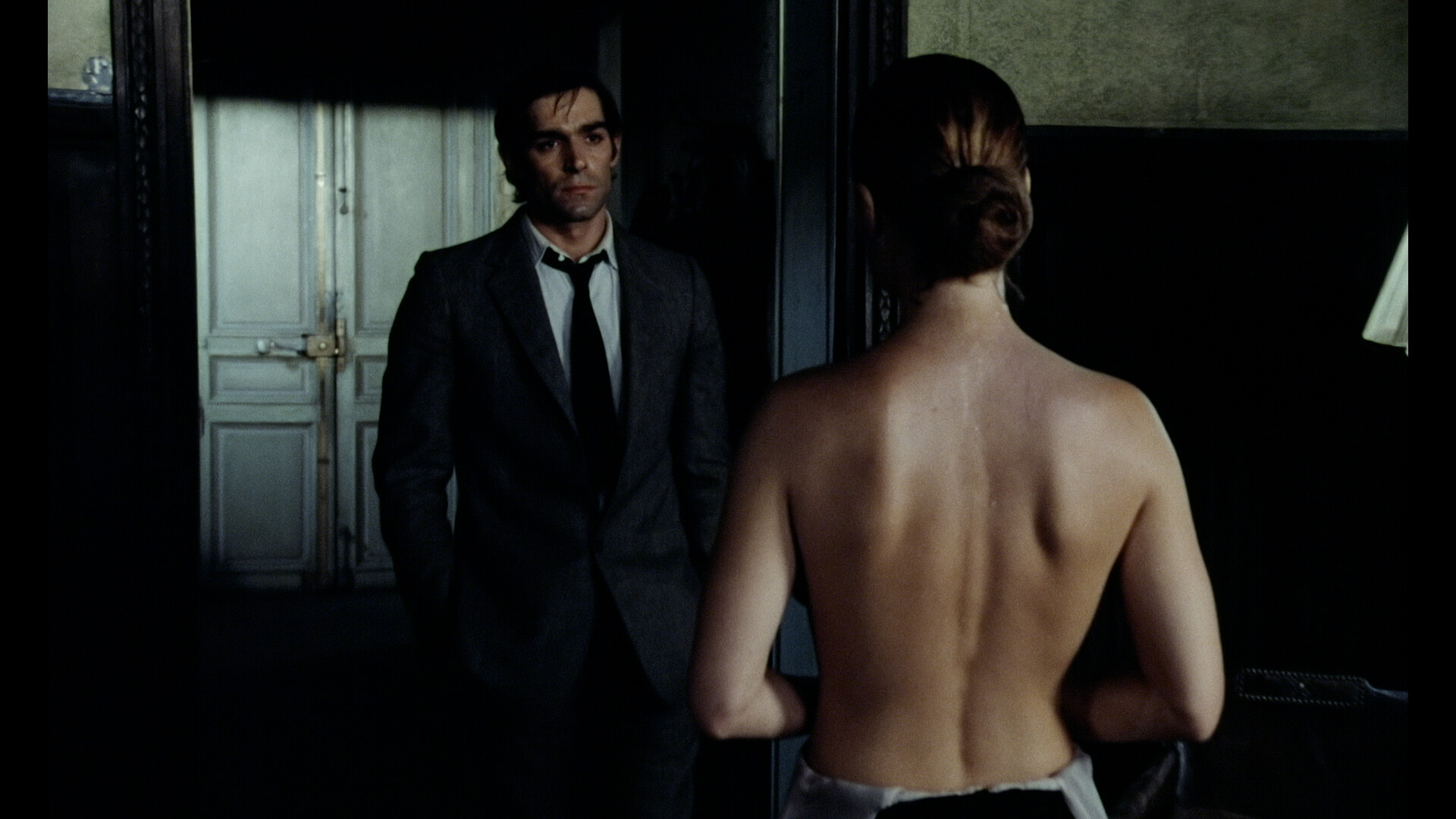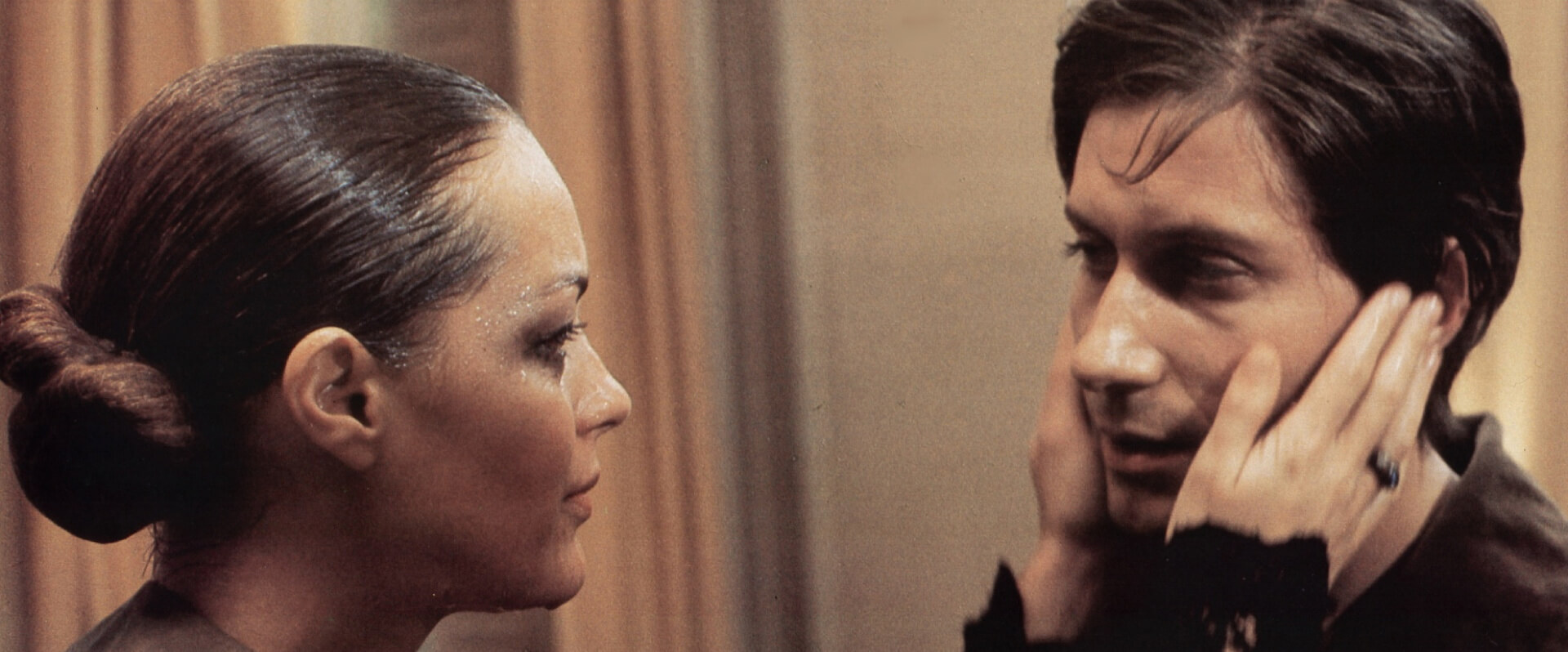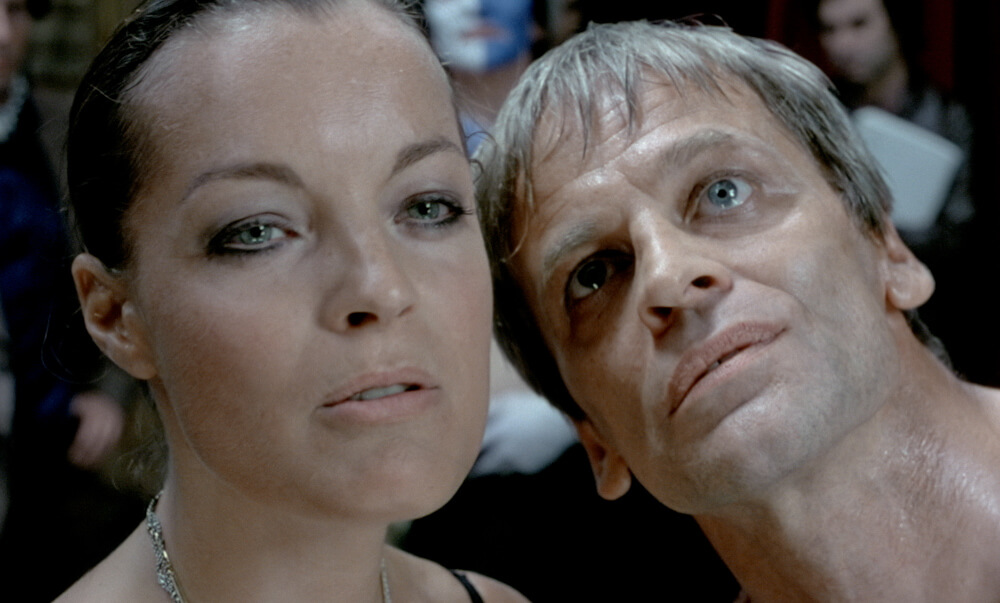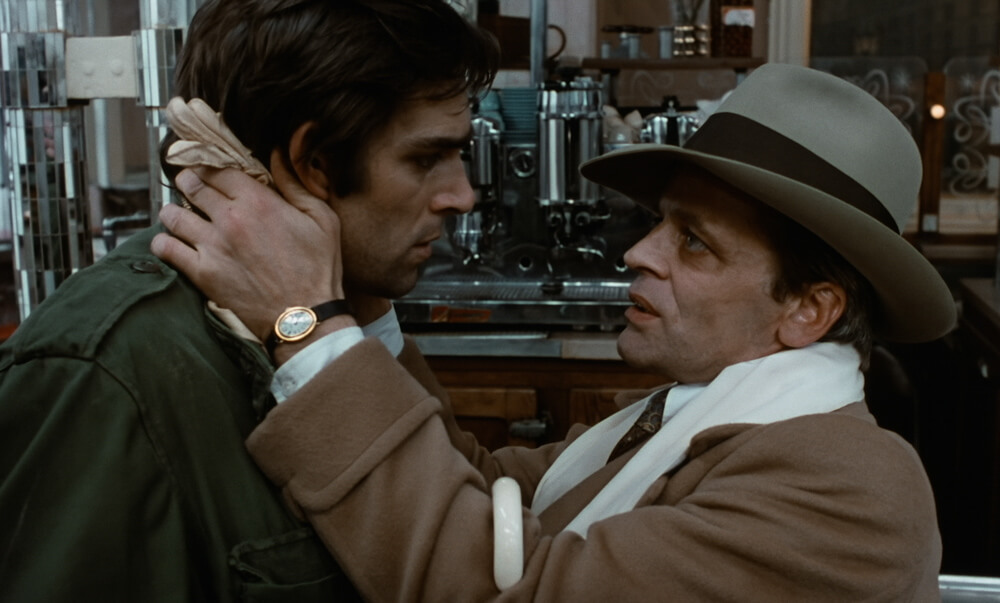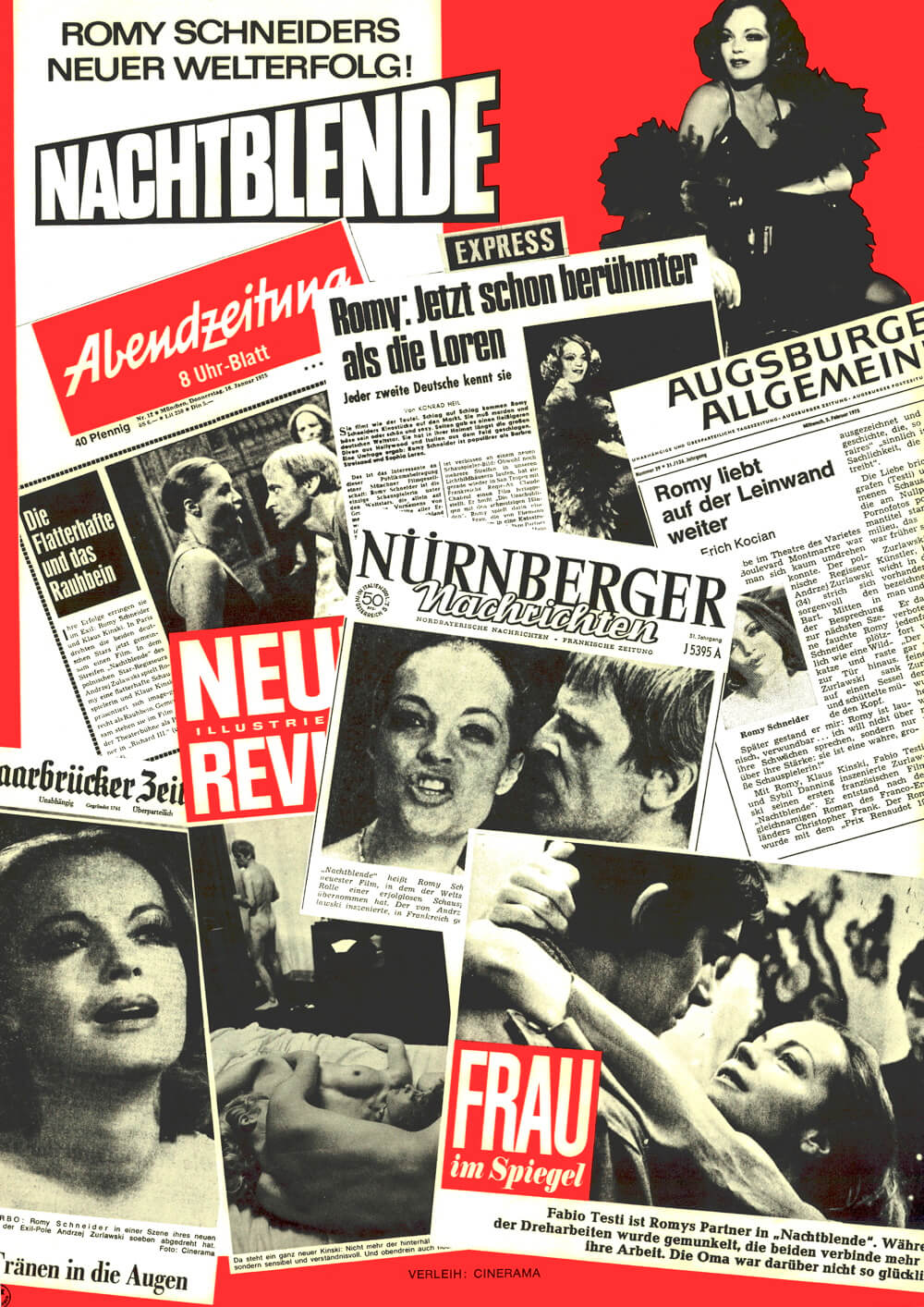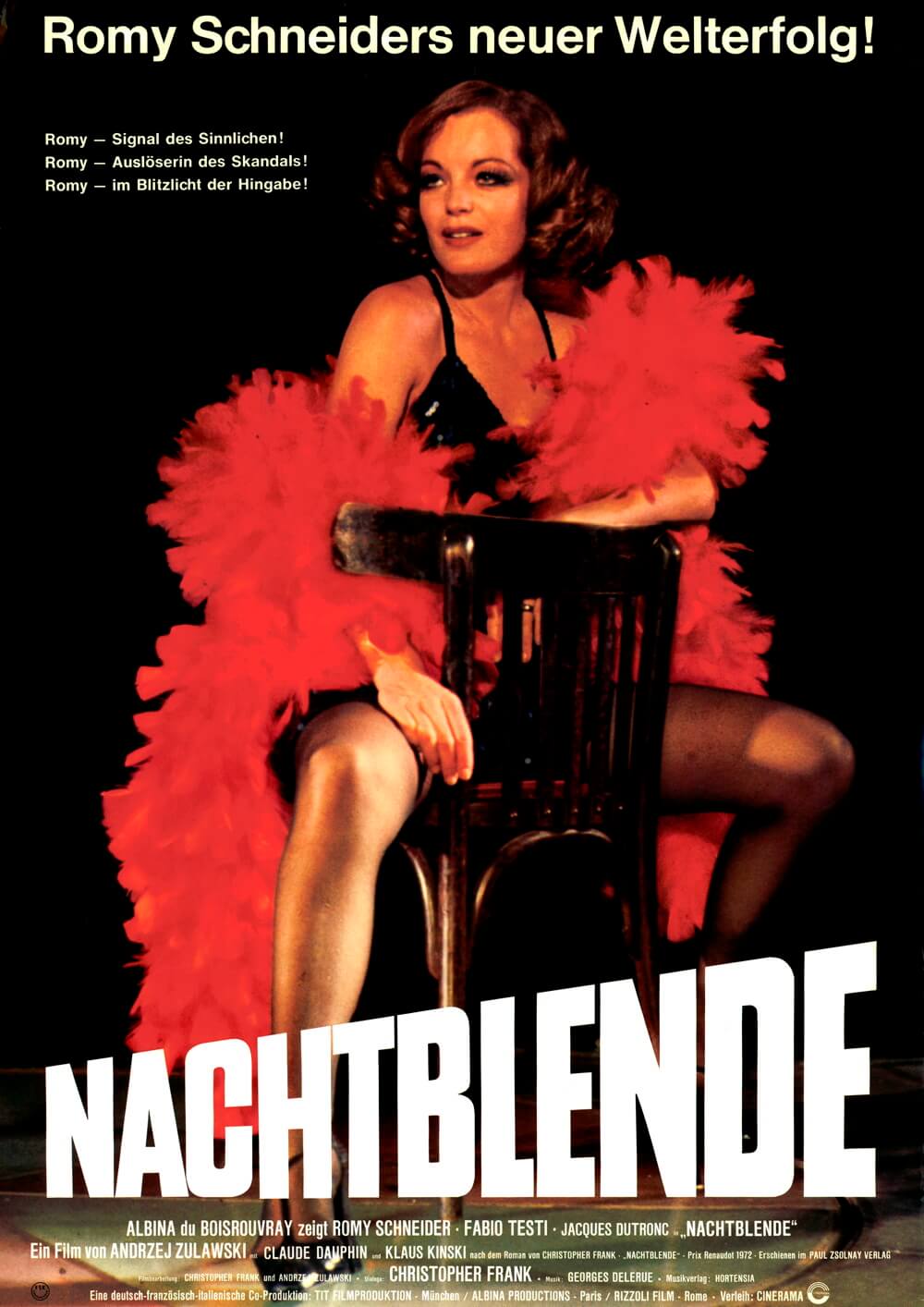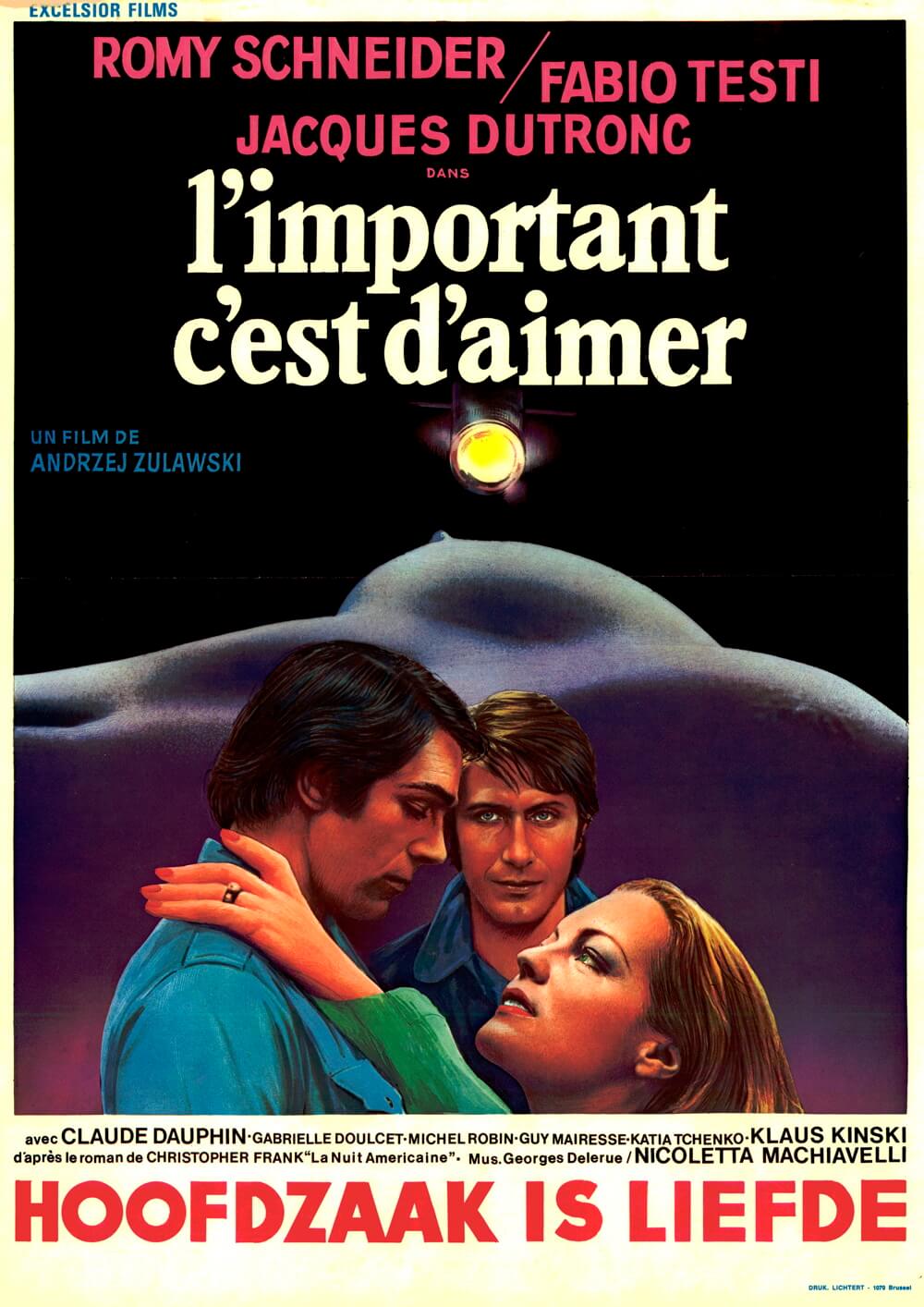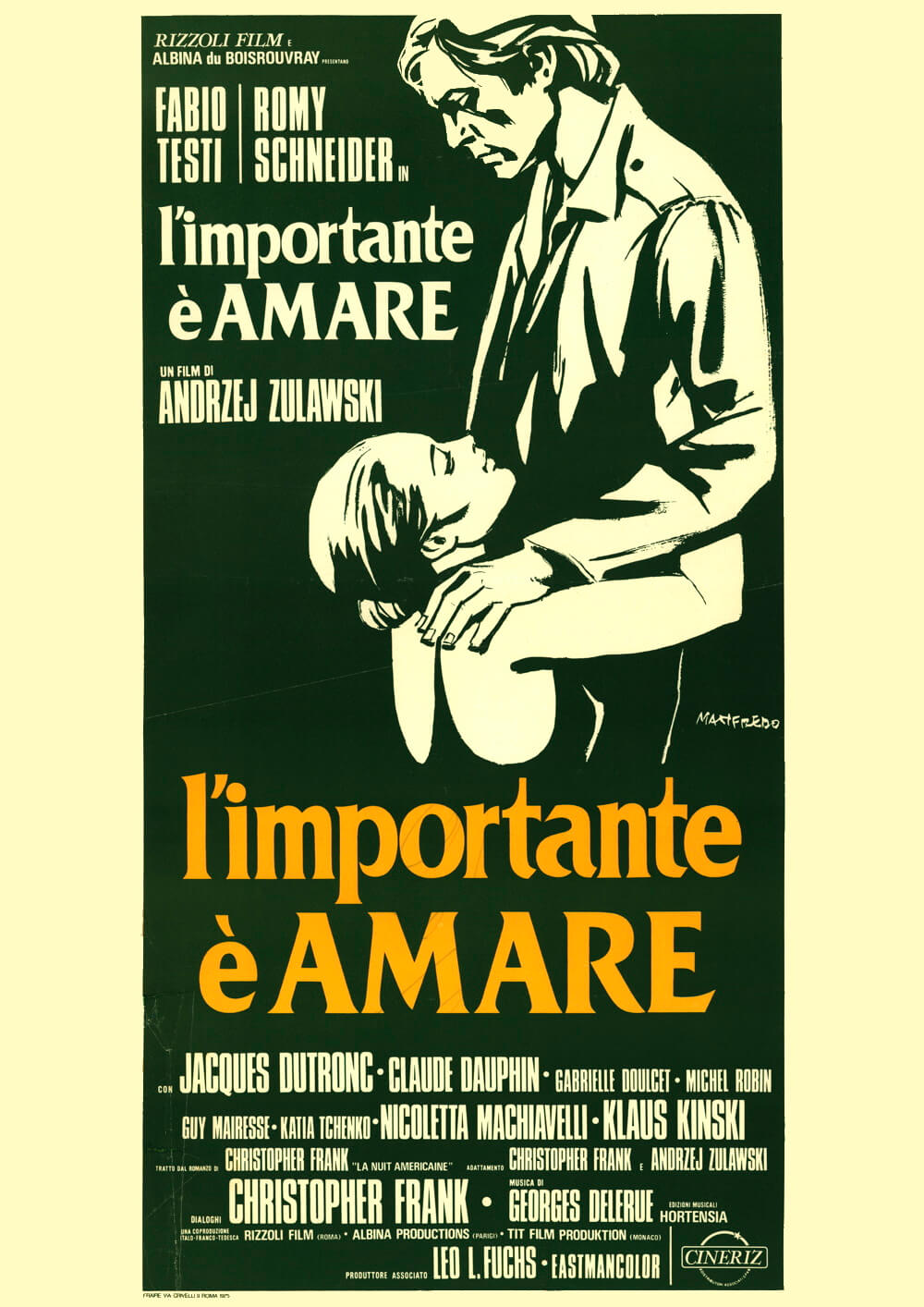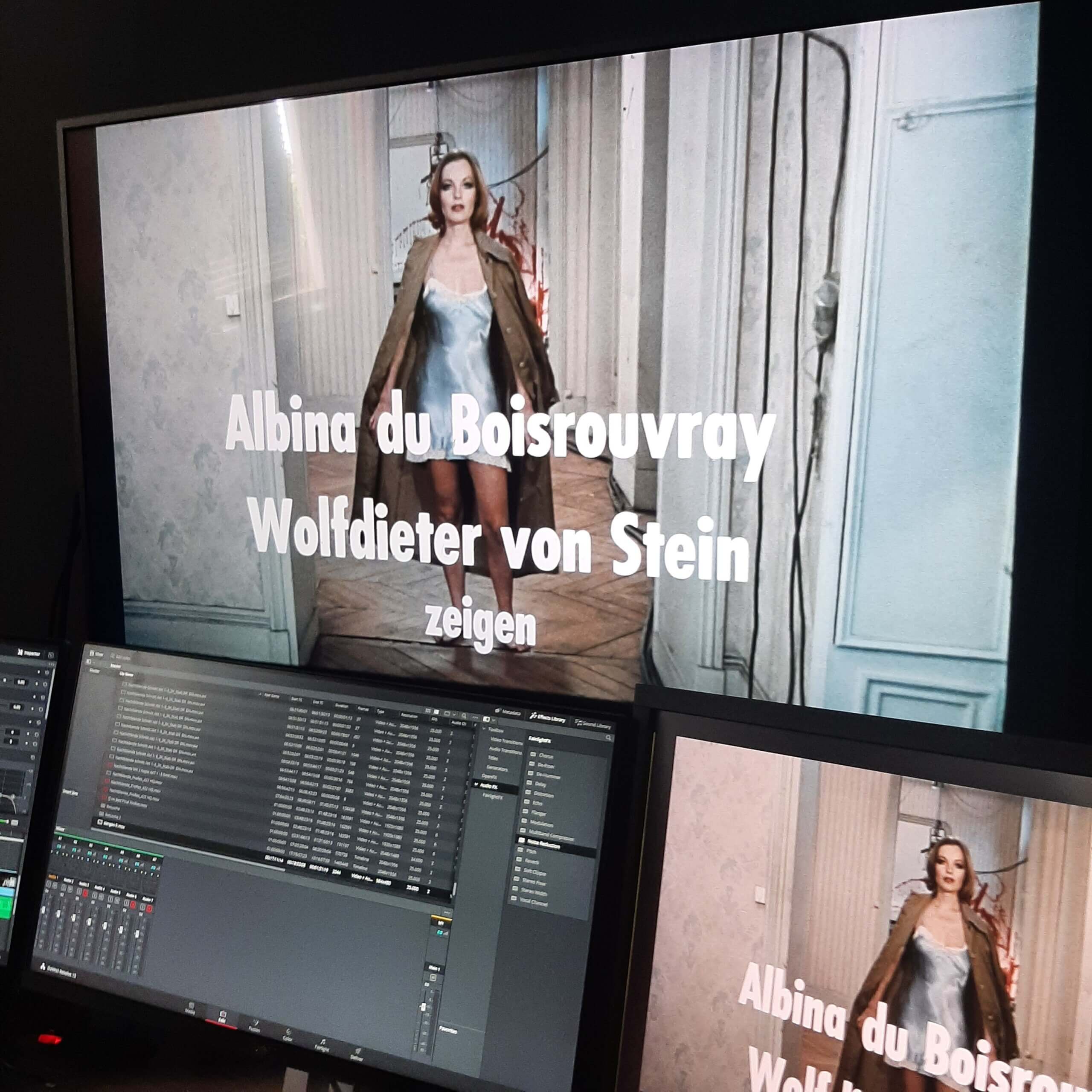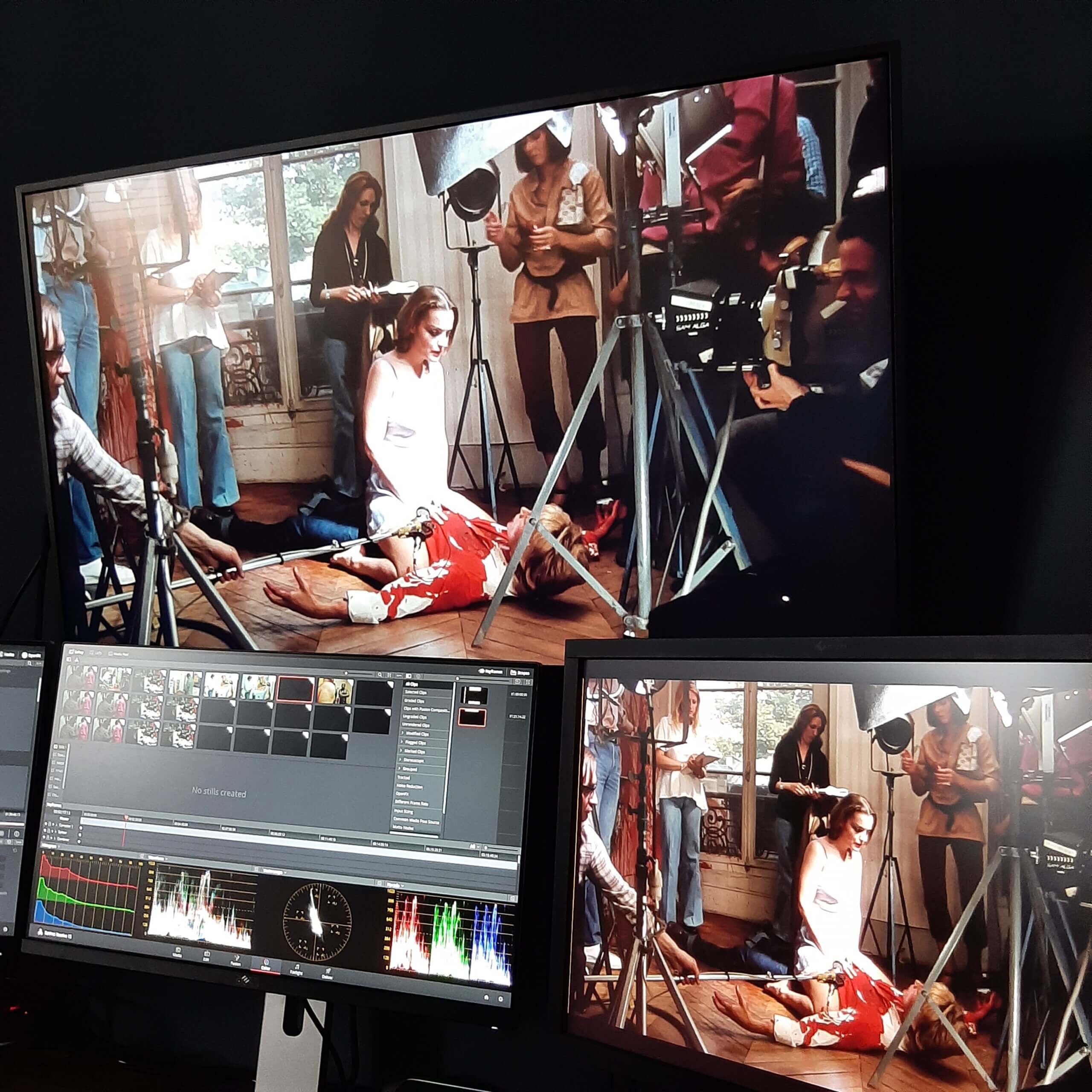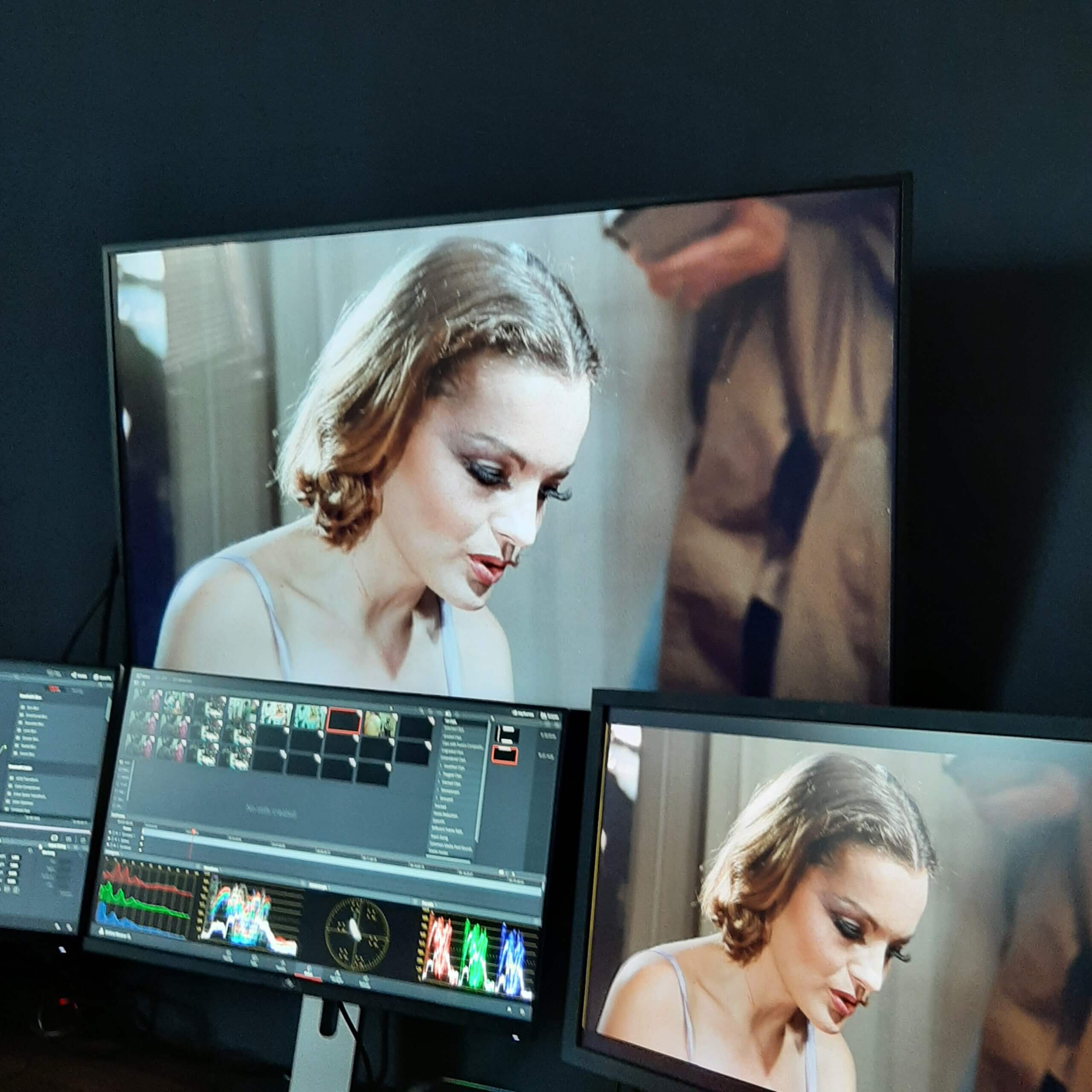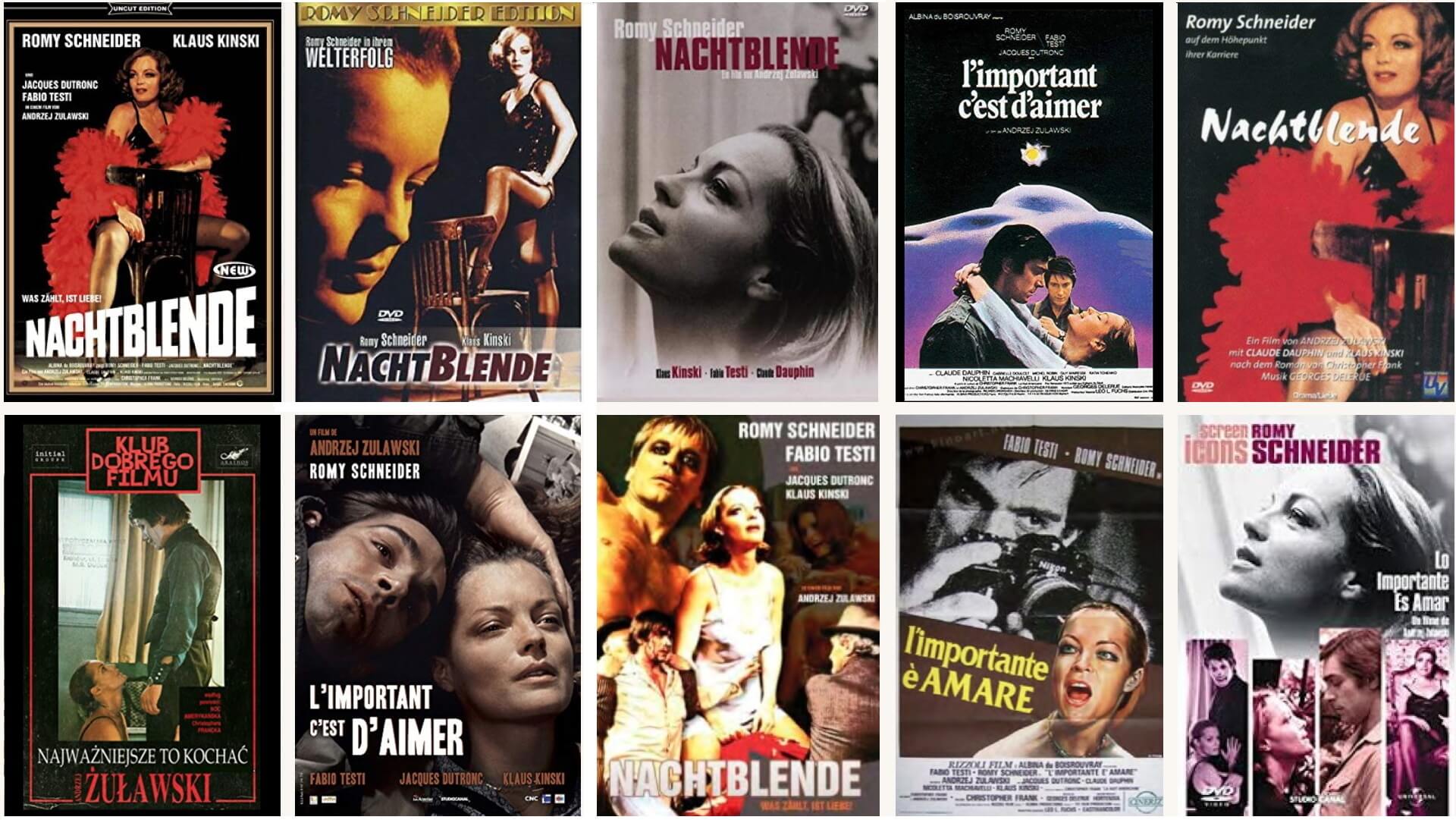Original title: L’important c’est d’aimer
Director: Andrzej Żuławski
Screenplay: Christopher Frank, Andrzej Żuławski
Actors: Romy Schneider, Fabio Testi, Jacques Dutronc, Claude Dauphin, Roger Blin, Gabrielle Doulcet, Michel Robin, Guy Mairesse, Katia Tchenko, Nicoletta Machiavelli, Klaus Kinski, Paul Bisciglia, Henri Coutet Henri Coutet, Sylvain Levignac, Andrée Tainsy, Olga Valéry, Jacques Boudet, Robert Dadiès, Georges-Fréderic Dehlen, Jack Jourdain, Claude Legros, Kira Potonie, Michel Such, Jacques Van Dooren Jacques Van Dooren, Nadia Vasil Nadia Vasil, Sin May Zao, Gérard Zimmermann
Producer: Albina du Boisrouvray, Wolfdieter von Stein, Léo L. Fuchs
Cinematography: Ricardo Aronovich
Editing: Christiane Lack
Production design: Jean-Pierre Kohut-Svelko
Cosme design: Catherine Leterrier
Makeup: Massimo De Rossi, Didier Lavergne
Production management: Georges Casati
Assistant unit managers: Daniel Deschamps, Alain Artur, Roland Godard
Art department: Pierre Roudeix, Jean-Claude Sévenet
Sound: Daniel Couteau, Jacques Gérardot, Maurice Laumain, Jean Nény
Camera & technical department: Walter Bal, Jean-Pierre Fizet, Andrzej J. Jaroszewicz, Jacques Labesse, Flore Thulliez
Music: Georges Delerue
Production companies: Albina du Boisrouvray, Rizzoli Film, T.I.T. Filmproduktion
Year of production: 1975
Genre: Drama
Countries: France, Italy, West-Germany
Language: French
Synchronisations: English, German
Shooting location: Paris (France)
Lenght: 109 Min
Rating: FSK 16
Aspect ration: 1.66 : 1
Sound Mix: Mono
Resolution: 4K (new scanning 2021), Full-HD


